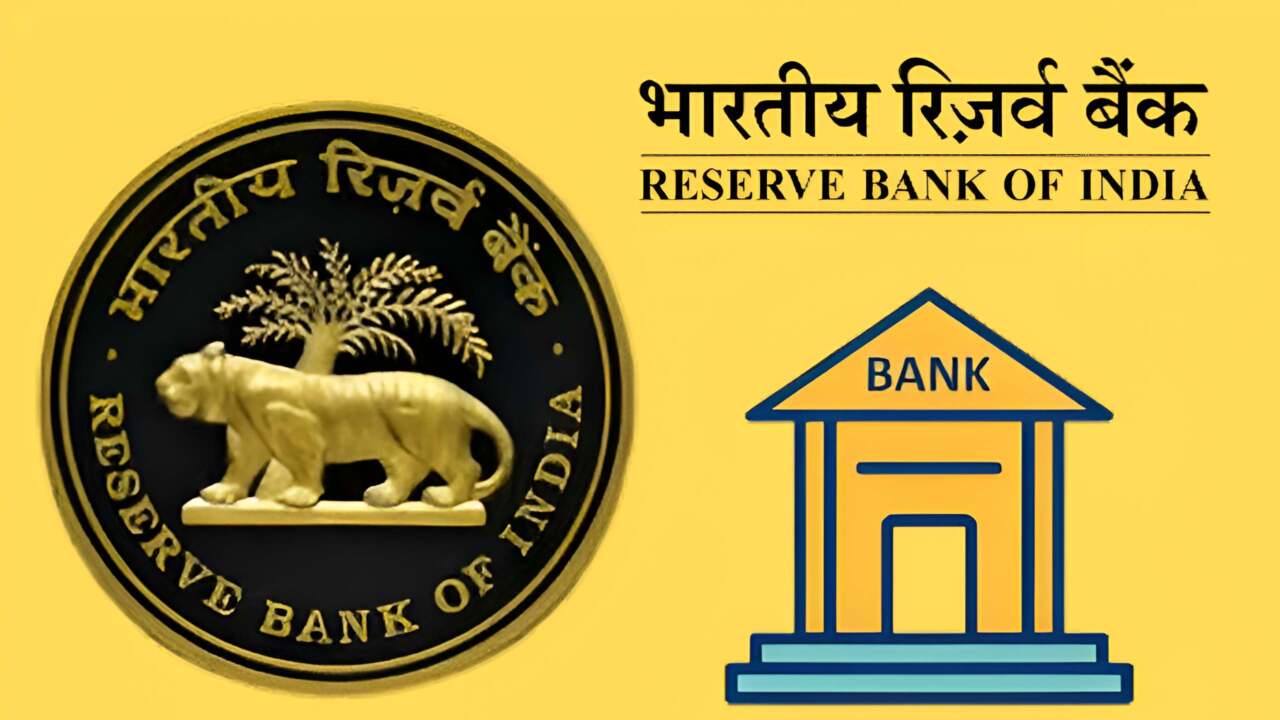The action will promote a more resilient financial system by rewarding safer institutions with reduced insurance costs. Conversely, a greater cost burden on weaker banks can also make it more difficult for them to compete.
In deposit insurance, the Reserve Bank of India (RBI)‘s proposal to replace the long-standing flat-rate premiums banks currently pay with a risk-based premium (RBP) framework represents a significant change. The action will promote a more resilient financial system by rewarding safer institutions with reduced insurance costs.
The framework is likely to go into force starting in the next fiscal year, and a comprehensive announcement detailing the new model’s mechanics is anticipated soon.
What is being proposed?
Moving away from a system that “does not discriminate between banks based on their soundness” is the main goal, according to the RBI’s latest statement.
As per the current regulations, all bank deposits, including savings, fixed, current, and recurring deposits, are insured up to Rs 5 lakh per depositor, per bank, by the Deposit Insurance and Credit Guarantee Corporation (DICGC), a wholly owned subsidiary of the RBI that offers insurance protection to depositors in the event of a bank failure.
The system includes local area banks, regional rural banks, co-operative banks, and all commercial banks as well as foreign bank branches in India.
The DICGC receives a flat-rate payment from all insured banks to finance the system; this premium is now 12 paise per ₹100 of assessable deposits annually.
Because of the “one-size-fits-all” strategy, banks with low and high risk profiles pay the same rate.
The RBI has now suggested replacing the existing system, which is straightforward but does not distinguish between banks, with one in which banks would be obliged to pay premiums to DICGC depending on their financial health.
“Help banks that are more sound to save greatly on the premium paid” is the declared objective of the idea. To put it another way, banks that exhibit sound risk management and financial stability would be rewarded with cheaper insurance rates, whilst riskier institutions will have to pay higher premiums.
Effects on financial institutions
Both good and negative effects will result from the implementation of RBP.
Positively, the framework gives banks a direct financial incentive to fortify their capital buffers, enhance the governance framework, and improve asset quality and liquidity in order to be eligible for reduced premiums. This lowers costs for institutions that are well-managed and increases their profitability. Additionally, it will motivate banks to lend and invest with greater discipline.
Conversely, banks with low capital adequacy ratios, large non-performing assets (NPAs), poor liquidity, or poor governance may have to pay higher premiums, which might put pressure on their capital base and profitability. Weaker banks may find it more difficult to compete with their healthier counterparts in terms of loan and deposit pricing as a result of this higher cost burden.
How banks might control the expenses
The new premium structure’s financial ramifications will force banks to make smart choices about pricing and cost management.
Banks that are eligible for decreased premiums will gain from a lower cost of funds, giving them a competitive edge that they may use to increase profitability and fortify capital reserves, or to provide consumers with more attractive lending and deposit rates.
Banks that face higher premiums, on the other hand, will have to either absorb the additional cost, which would lower their net interest margin (NIM) and profitability, or pass the costs on to customers through higher fees or less competitive deposit rates, which would put their market position at risk.
Possible risk-based premium model parameters
A subsequent RBI announcement will specify the exact parameters, but an RBP model that reflects a bank’s overall health might be constructed using both quantitative and qualitative elements.
A bank’s liquidity position could be evaluated using the framework, and a lower premium could be justified by strong buffers as indicated by liquidity coverage ratio (LCR) and net stable funding ratio (NSFR). While reliance on volatile wholesale deposits could raise premium risk, funding stability from a high current account, savings account ratio (CASA), and longer-tenure deposits could be viewed favorably.
Furthermore, the model could include external credit ratings that assess the CAMELS framework (capital, asset quality, management, earnings, liquidity, and sensitivity). Banks with high ratings (such as AAA/AA) are eligible for reduced insurance rates.
Our opinion
The RBI’s plan to implement RBP is a noteworthy and applaudable change. It represents a significant shift from a straightforward, homogeneous system to an advanced one that precisely values risk and fosters financial stability.
The new paradigm has the potential to improve discipline and help banks create more robust balance sheets by rewarding responsible behavior and penalizing excessive risk-taking.
Although the action is in line with international best practices, the exact calibration of the risk factors will determine its eventual success.
Banks would be anxiously anticipating the RBI’s comprehensive guidance.

